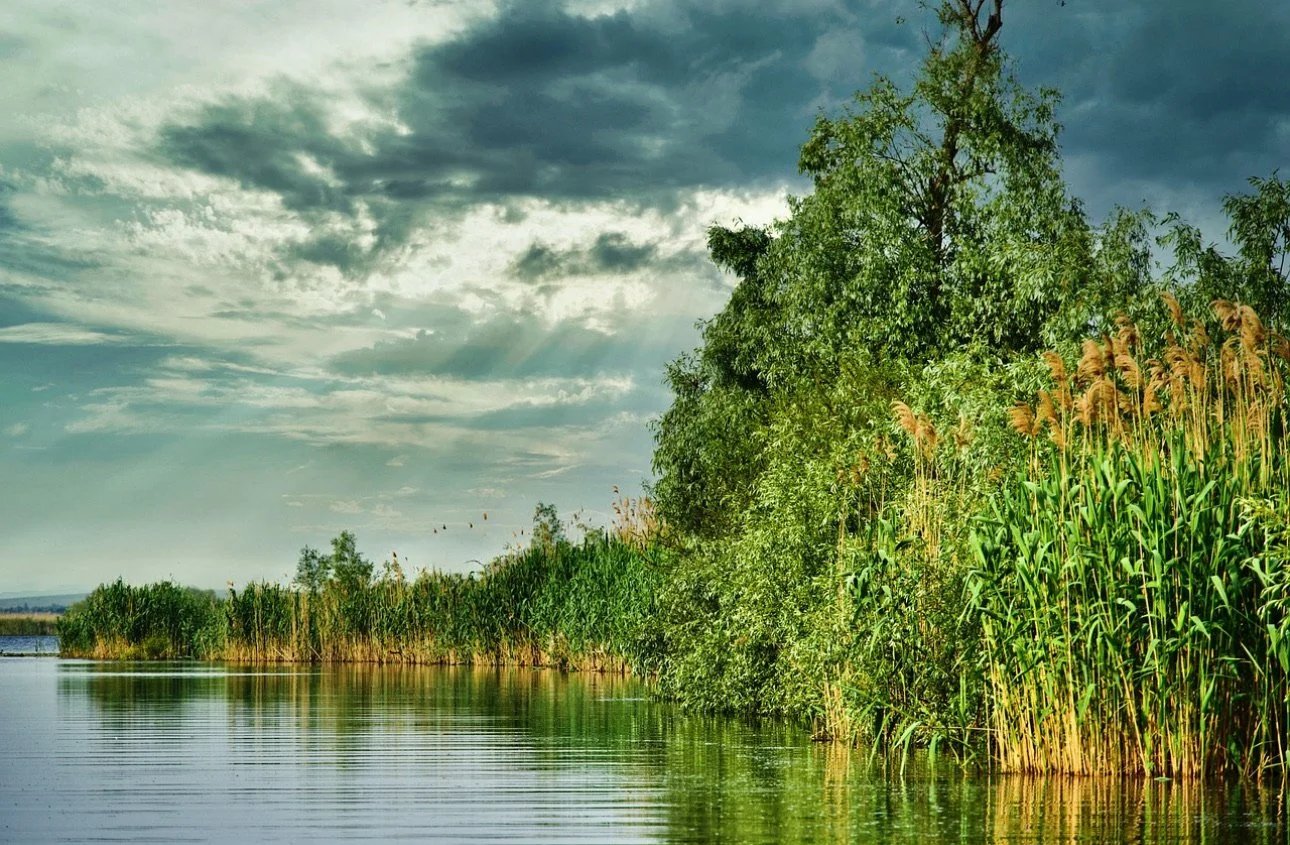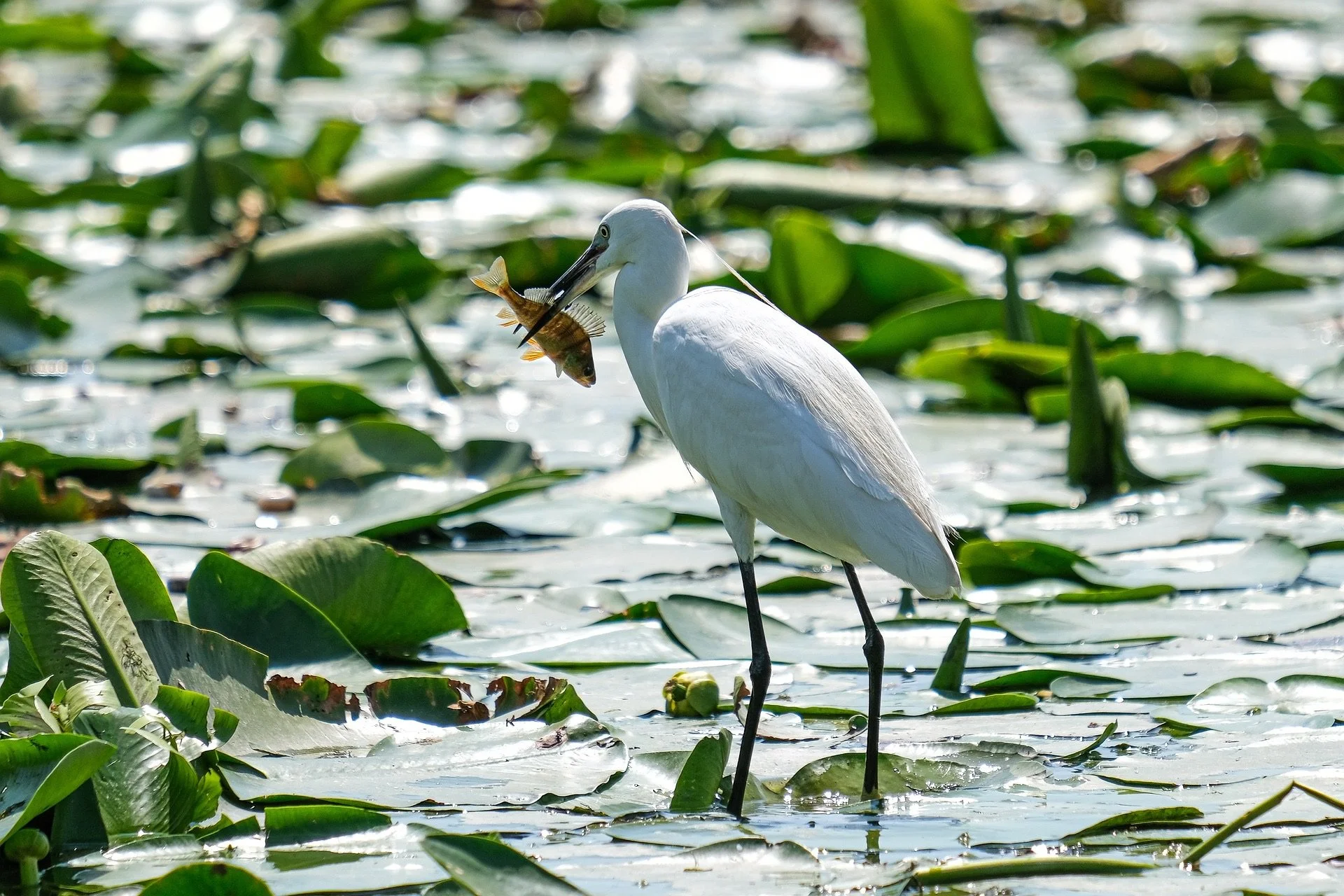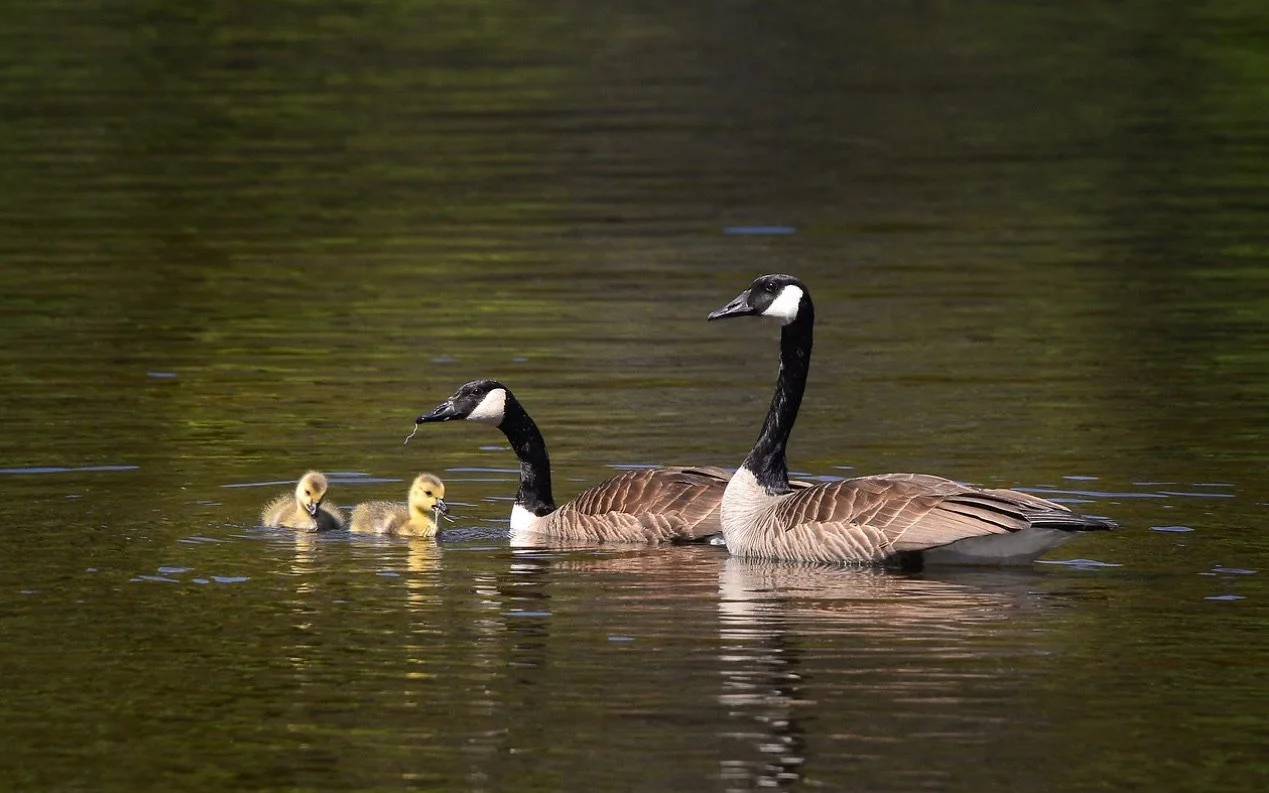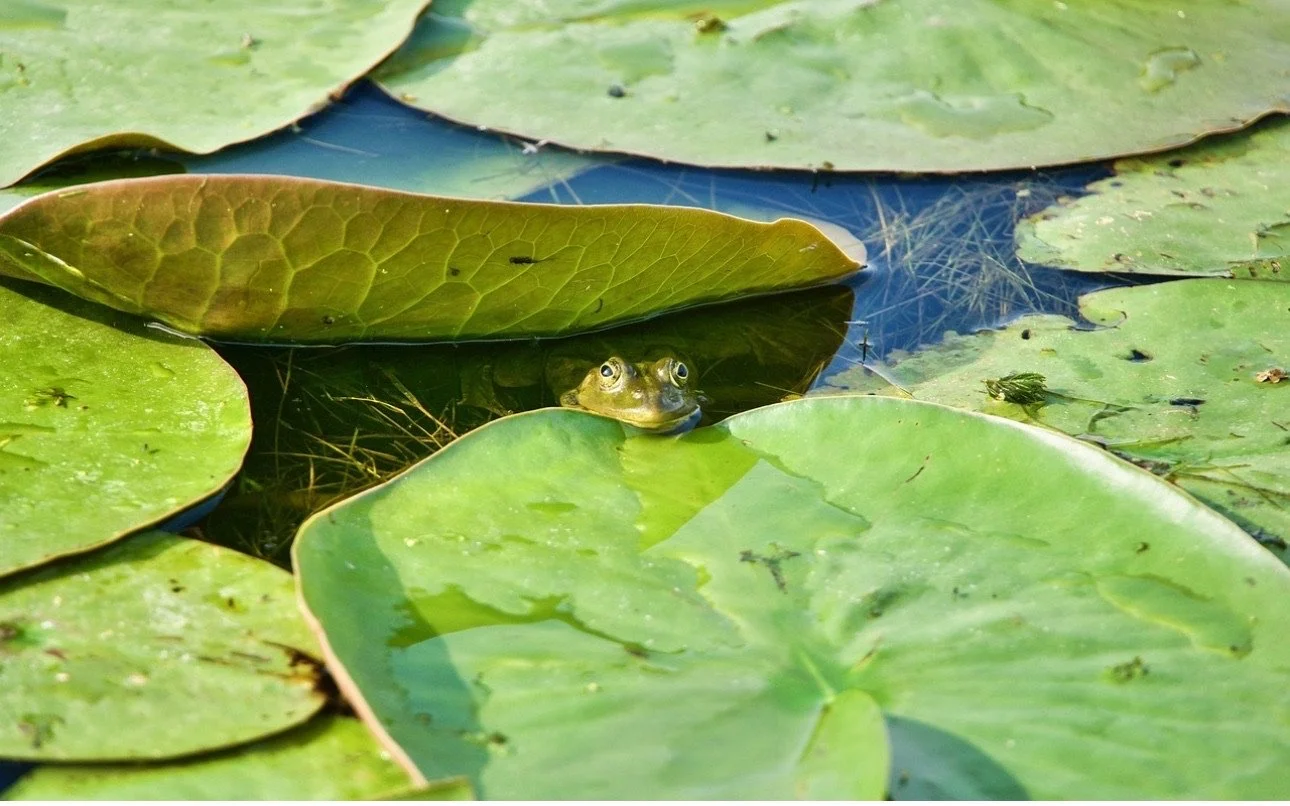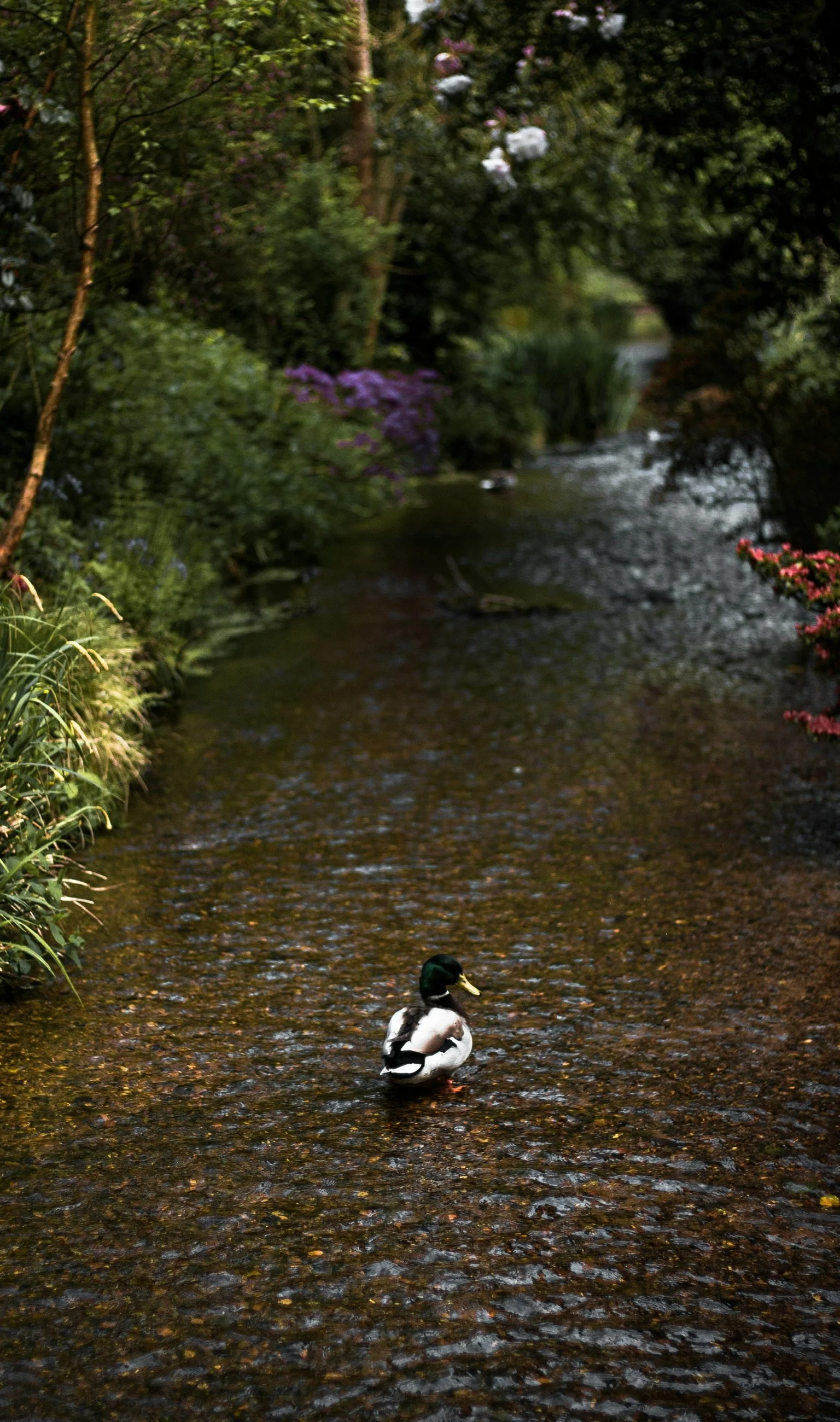2. Water and Soil Testing
• Frequency: Test water and soil quality every 6 to 12 months.
• Lead Levels: Measure the levels of lead in the water and soil around the plants to track if the concentration is decreasing. If the lead levels are not dropping, the plants may no longer be effective and might need replacement.
• Nutrient Levels: Check nutrient levels, as depleted soil nutrients can impact plant health.
3. Tissue Testing
• Why It’s Important: Tissue analysis of the plants themselves can reveal how much lead they have absorbed over time. If a plant has accumulated high levels of lead, it may be time to remove it.
• How to Test:
• Collect samples of plant tissue (leaves, stems) and send them to a lab for analysis of heavy metals, including lead.
• Compare results with known thresholds of lead toxicity for that species. If the plants have reached their absorption limit, they should be replaced.
4. Observe Wildlife Behavior
• Healthy wildlife presence (such as fish, birds, and amphibians) is an indicator that the pond’s ecosystem is functioning well. If you notice a reduction in wildlife, it could be a sign that the plants are not effectively remediating the lead, and the environment is becoming toxic again.
5. Plant Lifespan and Replacement Cycle
• Know the Lifespan: Some plants, such as cattails, can live for many years, but their effectiveness in absorbing lead may decrease over time. Create a schedule to replace plants after 3–5 years, or sooner if they show signs of lead saturation or poor health.
• Rotating Plantings: Consider planting new plants while some older plants are still active. This rotation ensures constant lead absorption and prevents gaps in the phytoremediation process.
6. Seasonal Maintenance
• Fall/Winter: Remove any dead or dying plants before winter to avoid decay in the pond, which could reduce water quality. Replace plants that show signs of stress from lead absorption at the end of the growing season.
• Spring: Conduct a thorough inspection and replant as necessary to ensure new growth and strong lead absorption for the upcoming season.
7. Documentation
• Keep detailed records of:
• Visual inspections and notes on plant health.
• Water and soil test results, focusing on lead levels.
• Tissue analysis reports.
• Dates of plantings and replacements.
By following these steps, you can ensure the pond plants remain healthy and effective in absorbing lead over time, while also knowing when it’s time to replace them for continued success in reducing contamination.
*In addition to this initiative, I am pleased to share that a local high-end garden design company is willing to assist in designing the plant layout. Their expertise will ensure that the arrangement of these plants is both functional and aesthetically pleasing, creating an attractive natural space that residents and wildlife can enjoy.*



